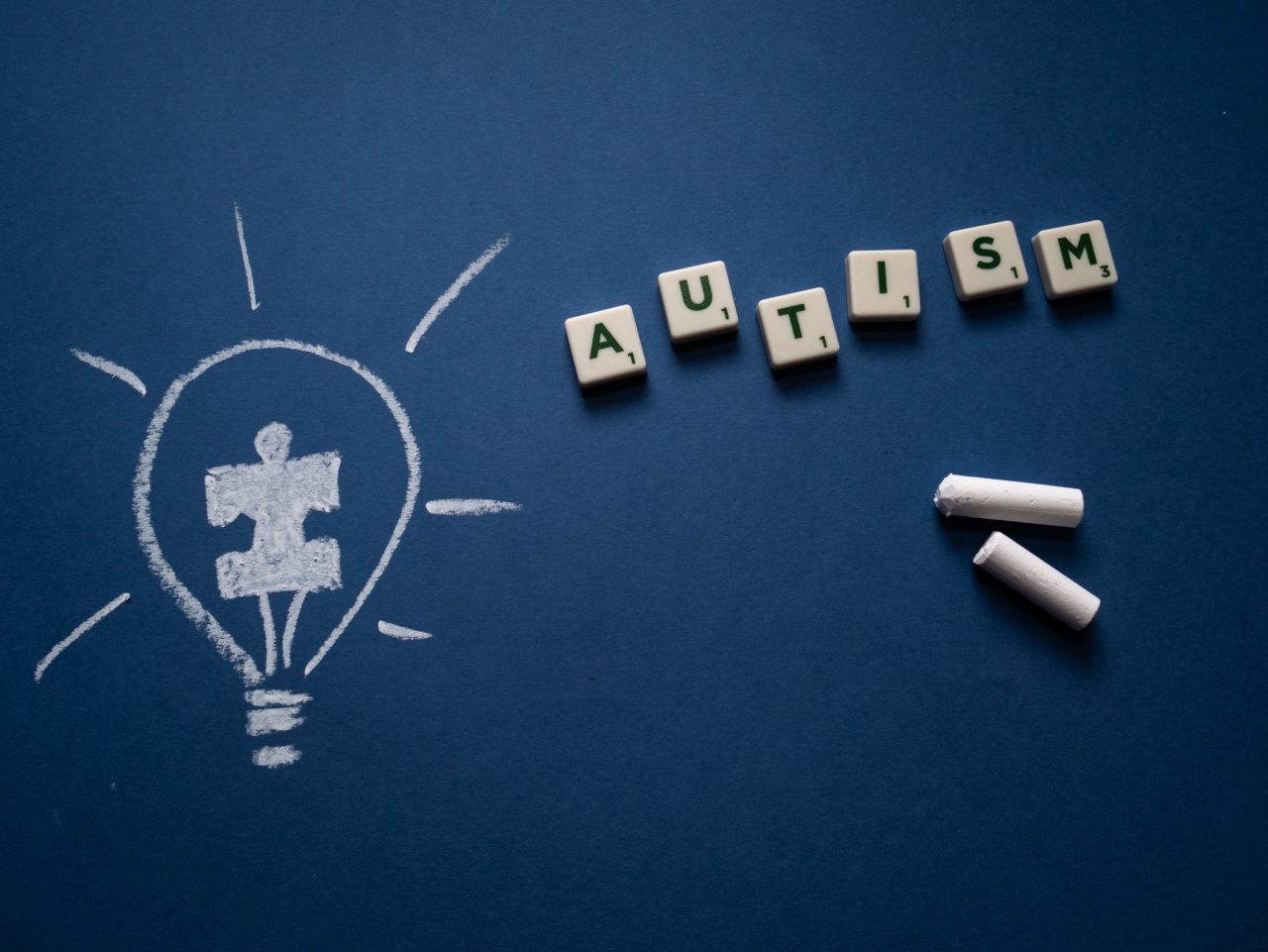Autism Spectrum Disorder (ASD) is a developmental disorder that affects communication, social skills, and behavior. It is a complex condition that can vary widely in its severity and presentation.
Early detection and diagnosis of ASD are crucial for providing appropriate interventions and support to individuals with the disorder. Routine examinations play a vital role in identifying the signs and symptoms of autism, allowing for early intervention and improved outcomes.
The Importance of Early Detection
Early detection of autism allows for early intervention, which can significantly improve outcomes for individuals with ASD.
Research has shown that early intervention programs can lead to improvements in communication skills, social interactions, and adaptive behaviors. These programs are most effective when started at a young age, making routine examinations essential in identifying autism spectrum disorder in infants and toddlers.
Routine Examinations: A Gateway to Diagnosis
Routine examinations, such as well-child check-ups and developmental screenings, provide healthcare professionals with opportunities to assess a child’s development and identify any potential concerns.
These examinations typically involve observations of the child’s behavior, interactions, and communication skills. By closely monitoring a child’s developmental milestones during routine examinations, healthcare providers can identify red flags that may indicate the presence of ASD.
Signs and Symptoms to Look Out For
There are several signs and symptoms that may indicate the presence of autism spectrum disorder. These signs can manifest in different ways and may vary in severity from person to person.
Some common signs and symptoms to look out for during routine examinations include:.
1. Delayed Speech and Language Skills
Children with ASD may exhibit delayed speech and language skills. They may not babble or use gestures as expected for their age, and their speech development may be significantly behind their peers.
Routine examinations provide an opportunity for healthcare professionals to assess a child’s speech and language development and identify any delays or abnormalities.
2. Lack of Eye Contact
Individuals with autism often have difficulty establishing and maintaining eye contact during social interactions. This lack of eye contact can affect their ability to engage with others and may be noticeable during routine examinations.
3. Repetitive Behaviors
Repetitive behaviors, such as hand flapping, rocking, or repetitive speech patterns, are common in individuals with autism. These behaviors may become evident during routine examinations and can serve as important indicators for further evaluation.
4. Difficulty with Social Interactions
Children with ASD often struggle with social interactions and may have difficulty forming and maintaining relationships. They may have trouble understanding social cues, expressing emotions, or engaging in reciprocal conversation.
Routine examinations provide an opportunity to observe a child’s social interactions and identify any difficulties in this area.
5. Sensory Sensitivities
Many individuals with autism have sensory sensitivities, meaning they may be hypersensitive or hyposensitive to certain sensations. This can manifest as extreme reactions to certain sounds, textures, or smells.
Routine examinations can help identify these sensitivities through observation and discussion with parents or caregivers.
6. Unusual Interests or Preoccupations
Children with autism may develop intense, focused interests in specific topics or objects. These interests often surpass what is considered typical and may become a significant part of their daily lives.
These preoccupations can be observed during routine examinations and may raise questions about a potential ASD diagnosis.
7. Communication Challenges
Difficulties in communication are a hallmark of autism spectrum disorder. Children with ASD may have trouble with verbal and nonverbal communication, such as understanding and using gestures, facial expressions, or tone of voice.
Routine examinations provide an opportunity to assess a child’s communication skills and identify any challenges in this area.
8. Motor Skill Deficits
Some individuals with autism may exhibit delays or difficulties in motor skills development. These motor skill deficits can be observed during routine examinations and may include clumsiness, poor coordination, or unusual gait.
9. Changes in Behavior
Children with autism may exhibit changes in behavior, such as heightened anxiety, meltdowns, or aggression.
These changes in behavior can be observed and discussed during routine examinations, providing important insights into a child’s overall well-being.
10. Regression
In some cases, children with ASD may experience a loss of previously acquired skills or developmental regression. This regression can be detected through routine examinations and may trigger further evaluation for autism spectrum disorder.
Conclusion
Routine examinations are key in detecting autism spectrum disorder as they provide healthcare professionals with opportunities to observe a child’s development and identify any potential signs and symptoms of ASD.
Early detection and intervention are crucial for improving outcomes for individuals with autism, and routine examinations play a crucial role in this process. By closely monitoring developmental milestones and observing a child’s behavior, communication, and social interactions during routine examinations, healthcare providers can identify red flags and initiate timely interventions.
Early detection paves the way for appropriate support and services, leading to better outcomes and quality of life for individuals on the autism spectrum.





























